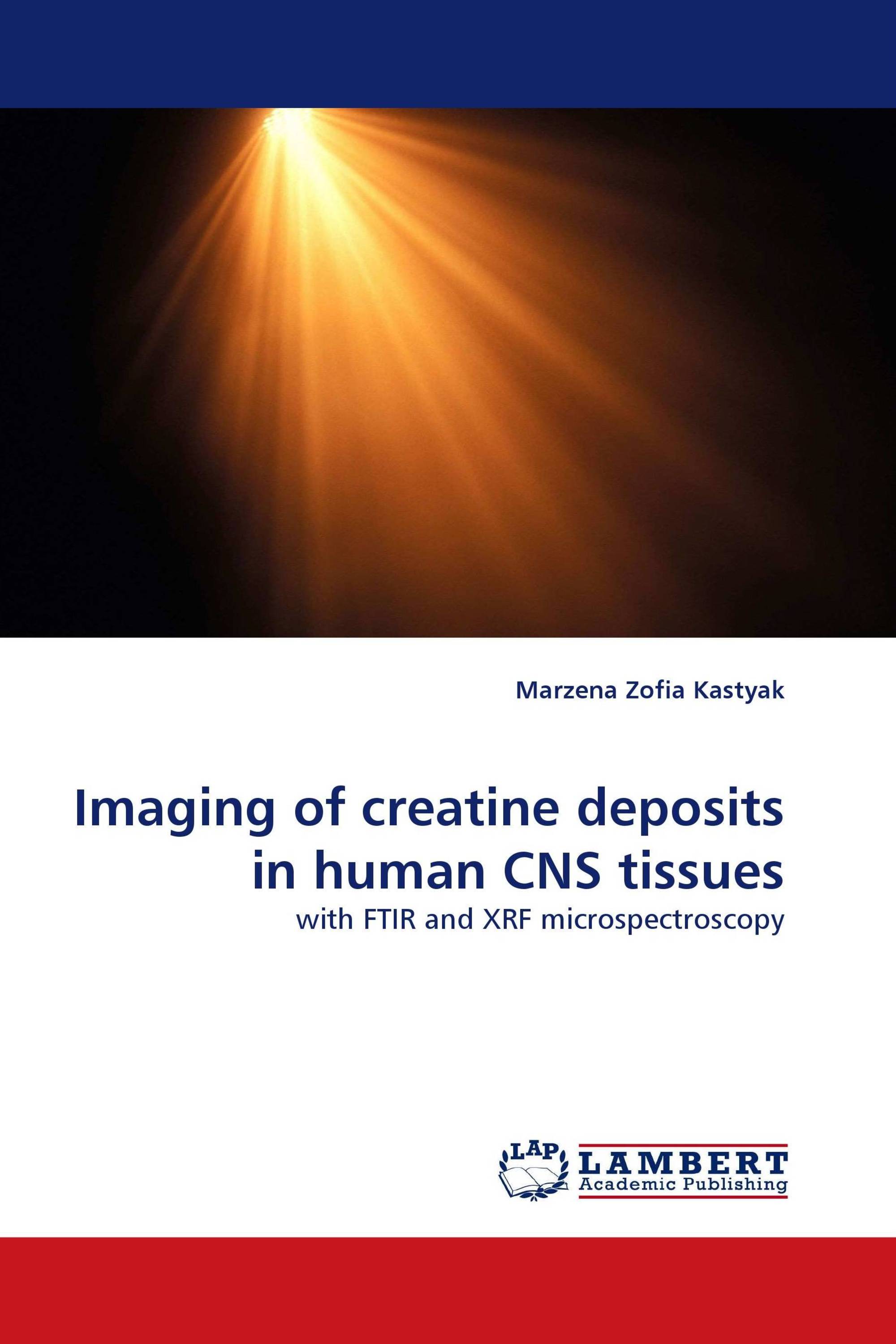Synchrotron infrared spectromicroscopy and X-Ray Fluorescence spectromicroscopy have been applied to imagine human central nervous system tissue. Untreated, flash frozen tissue samples were analyzed at micron level spatial resolution to obtain information about chemical composition of the sample. Bright synchrotron light allowed the high spatial resolution (8-10 microns) needed for this study. In the family of neurodegenerative diseases, Amyotrophic Lateral Sclerosis (ALS) is the most frequent cause of adult onset. ALS symptoms include: generalized weakness and muscle atrophy. The motor cortex, brain stem, spinal cord and substantia nigra were mapped using infrared spectromicroscopy and the results were analysed for protein, lipids and creatine levels. Creatine is a small molecule which plays important role in metabolism. Creatine was found to be focally elevated and formed deposits located in the human ALS CNS tissue. Focally elevated creatine may be a marker of the disease process, indicative of disturbed energy metabolism or inflammatory response to the disease progression.
Book Details: |
|
|
ISBN-13: |
978-3-8383-8483-2 |
|
ISBN-10: |
3838384830 |
|
EAN: |
9783838384832 |
|
Book language: |
English |
|
By (author) : |
Marzena Zofia Kastyak |
|
Number of pages: |
132 |
|
Published on: |
2010-08-10 |
|
Category: |
Biochemistry, biophysics |
